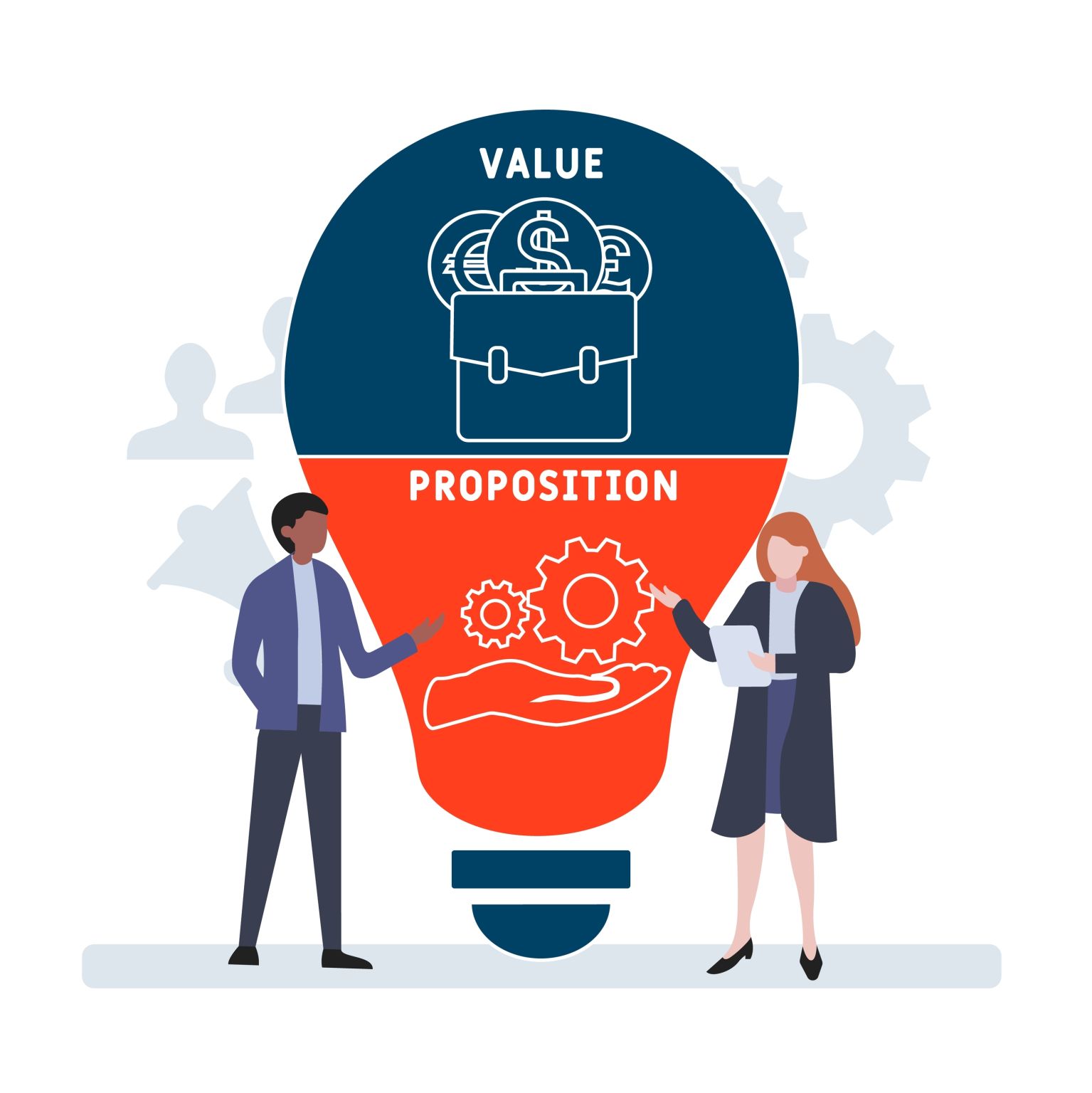
The new 𝑇ℎ𝑜𝑚𝑠𝑜𝑛 𝑅𝑒𝑢𝑡𝑒𝑟𝑠 𝐹𝑢𝑡𝑢𝑟𝑒 𝑜𝑓 𝑃𝑟𝑜𝑓𝑒𝑠𝑠𝑖𝑜𝑛𝑎𝑙𝑠 2025 report highlights the accelerating impact of AI across the legal and other professional services sectors. As adoption reaches a critical tipping point, the report reveals a growing competitive divide between those embracing AI strategies and those falling behind. According to the report, organizations in the legal, risk, compliance, tax, accounting, and audit sectors that have a formal AI strategy are twice as likely (54%) to report revenue growth directly or indirectly driven by AI adoption.
At the current pace of AI adoption, legal professionals are projected to free up nearly 240 hours annually, an increase from 200 hours in 2024, unlocking an average value of $19,000 per professional each year. In the United States, this could translate to a combined annual impact of $32 billion for the legal, tax, and accounting sectors.
The key takeaway is clear: AI’s influence is no longer speculative. We are now measuring its tangible value. Law firms, in-house legal teams, and other professional services organizations that fail to develop and implement a comprehensive AI strategy without leveraging partners like Solvaire and other alternative legal service providers (ALSPs) will soon face increasingly difficult business decisions. This 32-page report is essential reading for those looking to stay ahead. https://lnkd.in/e7zdCkpA










